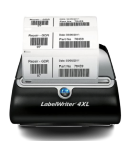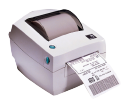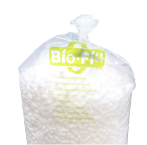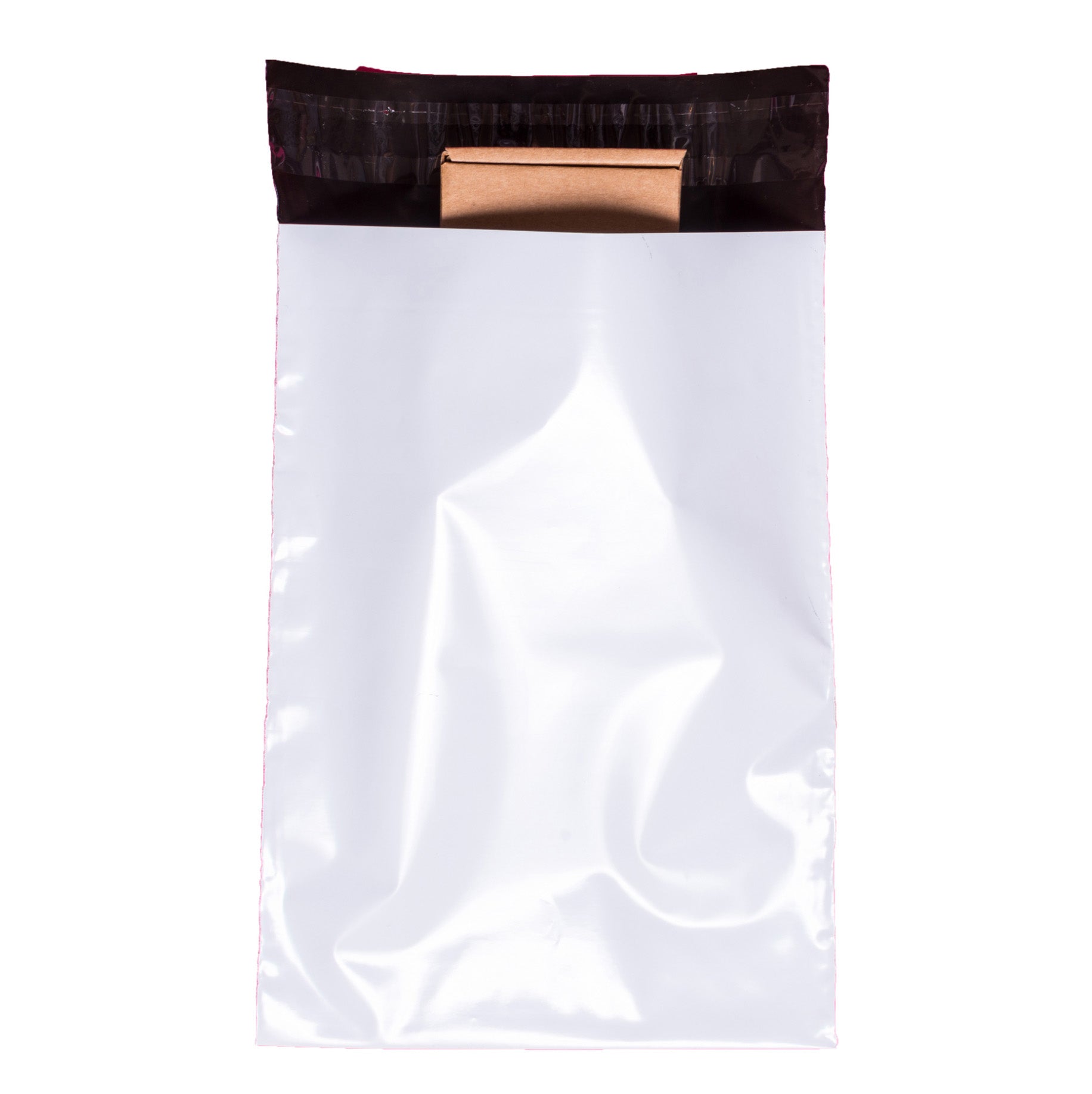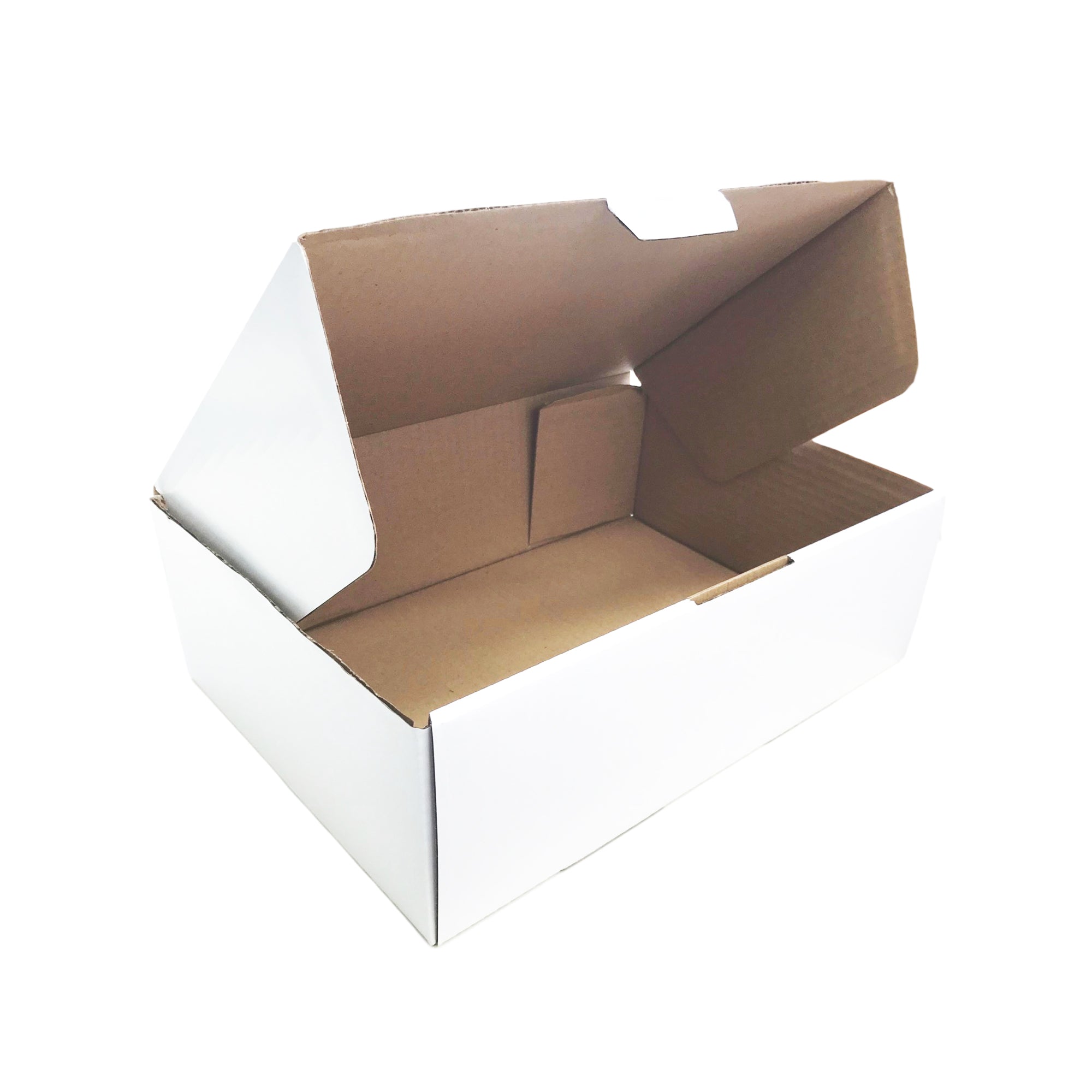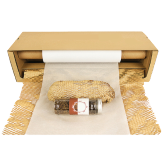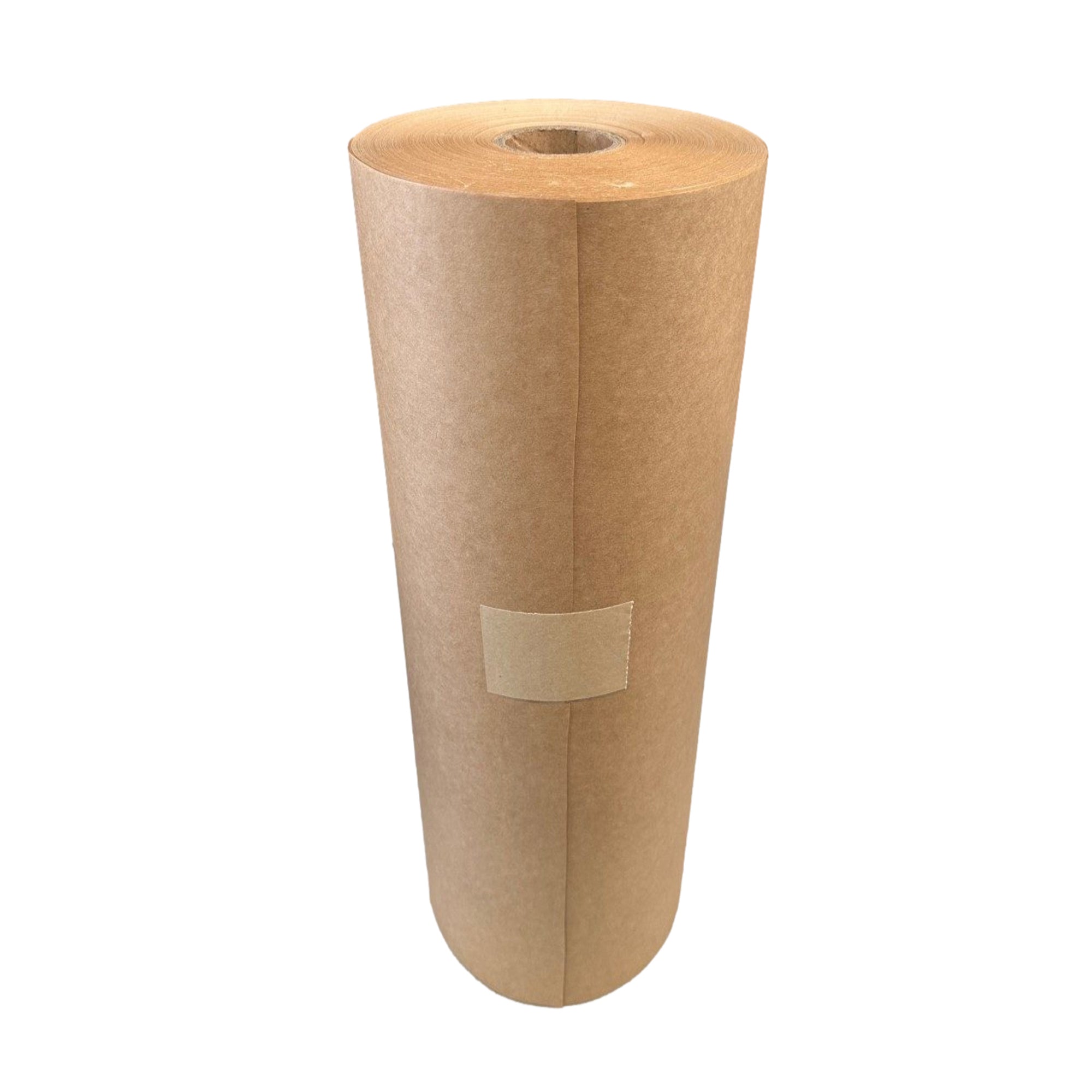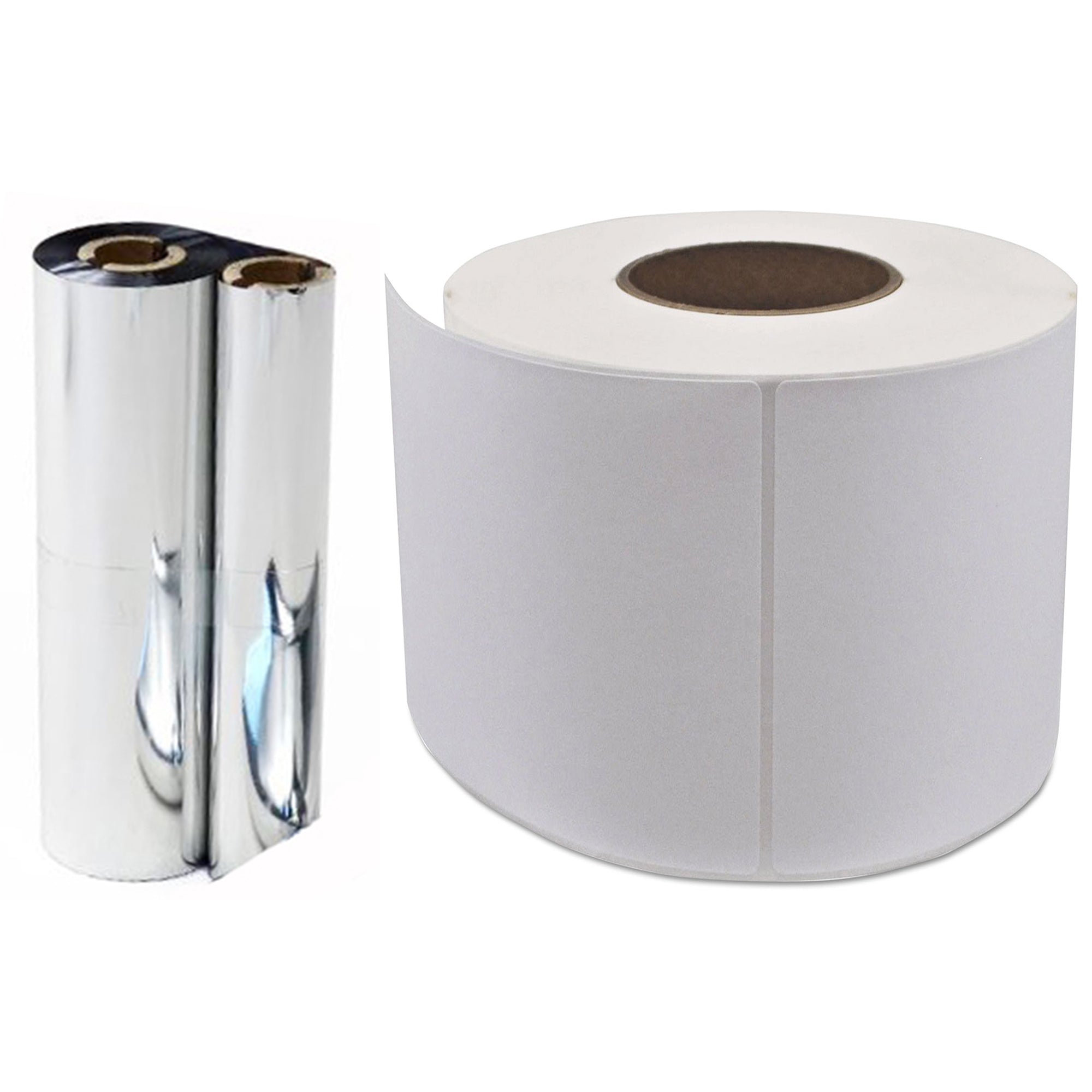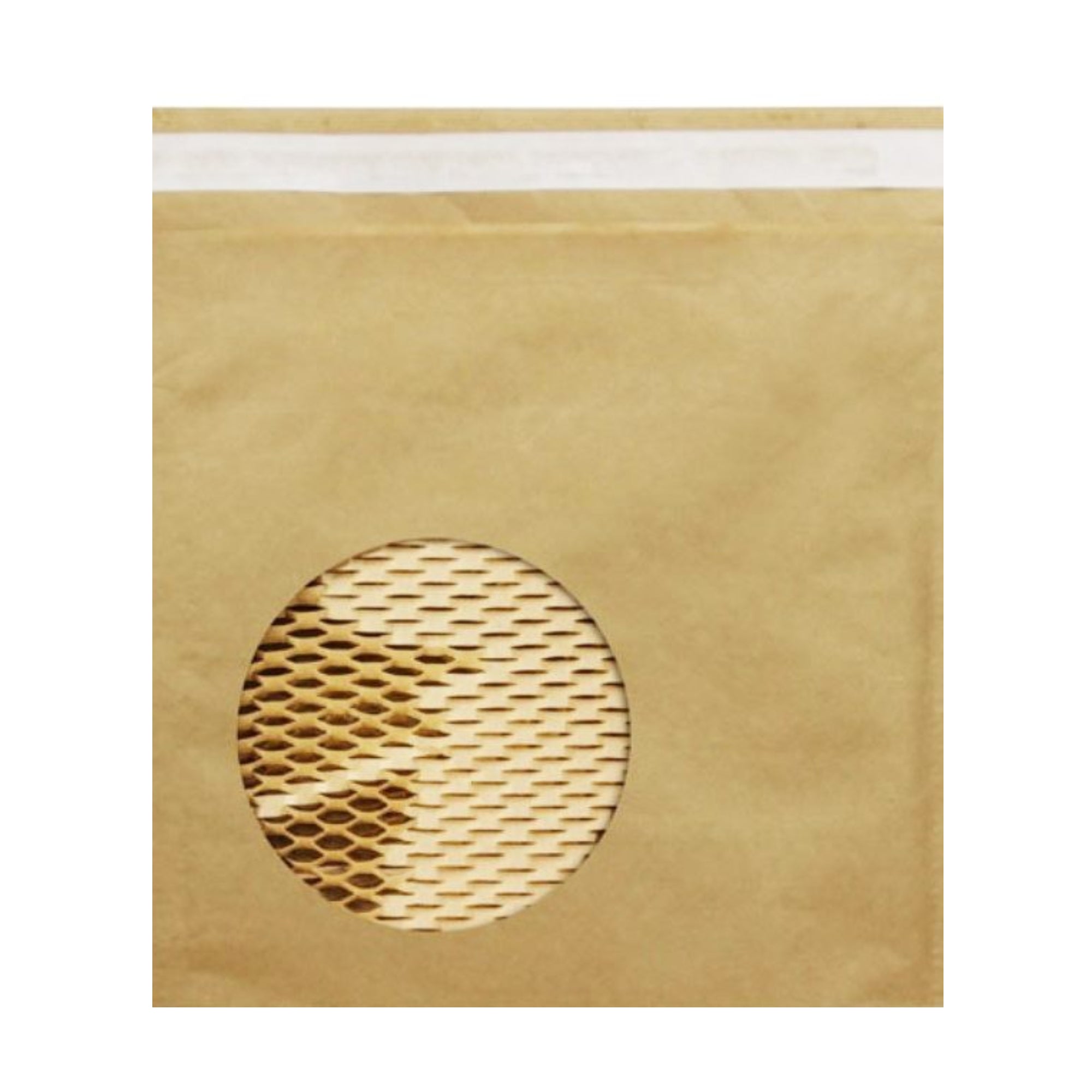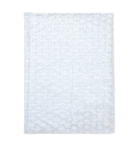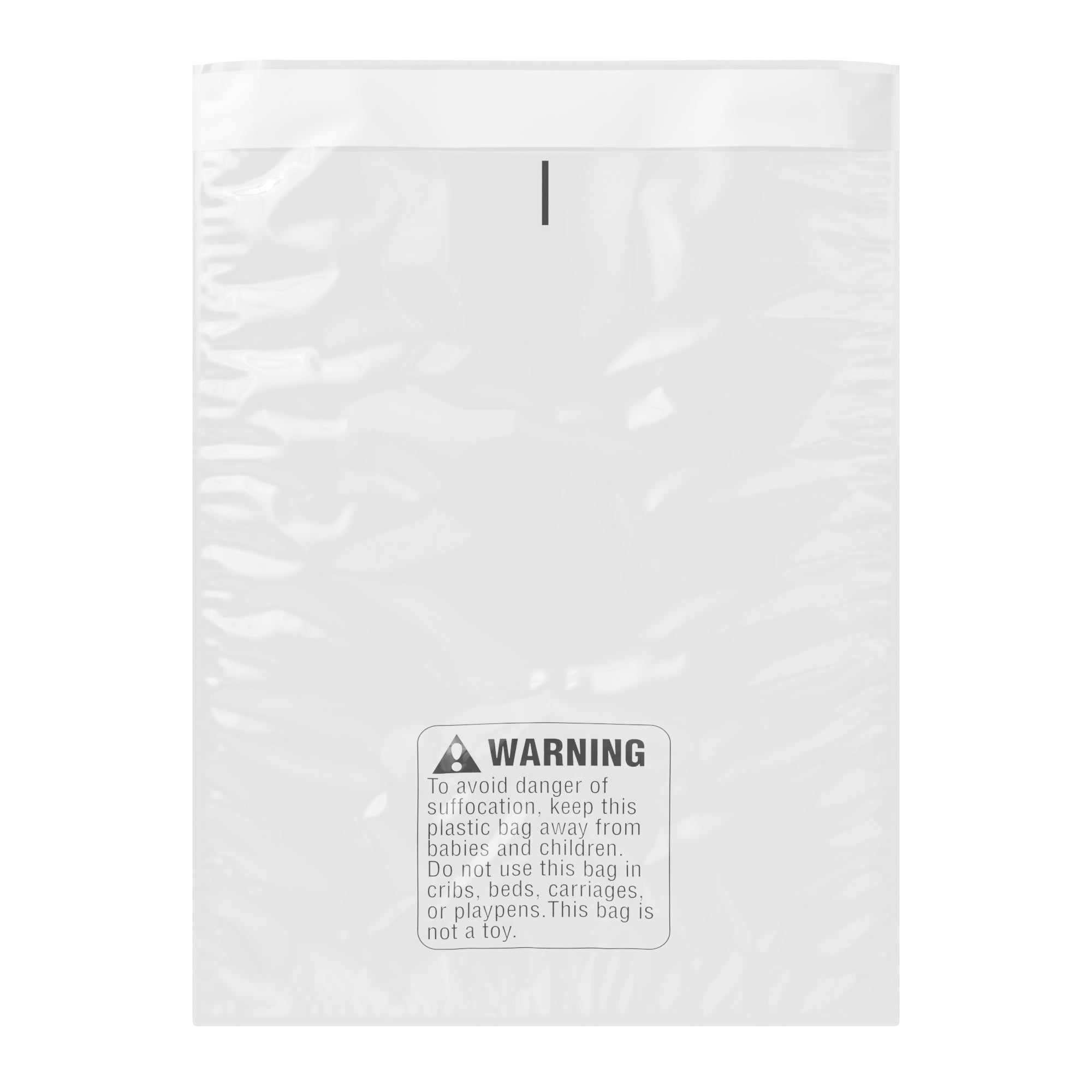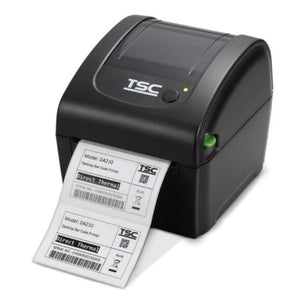2021 eCommerce Growth Trend During the Pandemic
The eCommerce growth trend in Australia has been high these past years. In 2020, eCommerce payments made in Australia were estimated to be A$52.2 billion. Even with the outbreak of the COVID-19, where we expect a fall in the eCommerce sales curve, the reverse was the case in Australia.
The pandemic further pushed eCommerce sales in Australia at a compound annual growth rate of about 10.3%. While this figure may seem somewhat surprising, as seen in other countries, the eCommerce industry suffered a huge blow during the pandemic. So, what happened differently in the Australia's eCommerce industry during the pandemic? Find out in this article how the pandemic influenced five major industries in Australia.

1. Fashion Businesses in eCommerce
In 2020, Australia was ranked the 11th largest eCommerce market globally, one of the major contributors to the statistics of fashion businesses in Australia. Due to restrictions in movement, shoppers shifted from their regular shopping at malls to purchasing their fashion needs online.
Moreover, with the convenience of home deliveries from eCommerce stores, shoppers are delighted to use it. Additionally, eCommerce stores were able to reach out to a wider audience, further fueling the fashion industry’s success in eCommerce. With the performance of the fashion industry during the pandemic, it is set to reach online sales of about US$21 billion by 2022 and US$22 billion by 2023.
For example, Showpo, a women’s fashion eCommerce store based in Sydney, makes over US$30 million in sales. Unlike other eCommerce stores, most Showpo products are made in-house and they can keep the cost down to improve their profit margin.
Another good example is The Iconic, where Australians buy clothes, shoes, sportswear, beauty products, and many more. Amidst the chaos of the pandemic, The Iconic fashion store was able to keep business afloat by sticking to its value.
The Birdsnest also contributed to the success of the fashion eCommerce market during the pandemic by taking extra measures to ensure safety and hygiene while delivering packages. This includes conducting temperature checks on employees, social distancing, ensures that their dispatch team wears gloves, and dividing the team into zones.
2. Beauty Businesses in eCommerce
Australia also experienced sales growth in the beauty eCommerce industry during the pandemic in 2020. Unlike other states, with a sales growth of about 27%, Australia's beauty eCommerce industry grew by 85%.
The COVID-19 crisis was a major contributor to this growth due to the increase in the use of eCommerce stores. Also, several Australians turned to the internet for beauty and personal care advice. This influenced their buying decisions, making them shop more at eCommerce stores as it is easier to find products than a brick-and-mortar store.
Since many Australians buying decisions on beauty and personal care products are influenced by social media, eCommerce beauty brands and retailers capitalized on this to increase sales. This helped several beauty products brands and retailers experience about twice as high as their pre-COVID-19 sales.
Adore Beauty store is a typical example of a beauty and personal care brand that experienced exponential growth in sales. Sales of face masks, candles, bath products, and skincare soared during the pandemic in 2020. In 2020, Adore Beauty made its first US$100 million, compared to its previous all-time high in 2016 of only US$16 million.
Moreover, when you think about the nature of the pandemic and the need to maintain healthy hygiene to mitigate the spread of the virus, it's only logical for people to buy more personal care products. During the pandemic, Australia's beauty and personal care products were valued at US$3.73 billion.
3. Vitamins Businesses in eCommerce
Another industry that continued to surge despite the pandemic is the vitamin eCommerce industry in Australia. In 2020, the vitamin eCommerce sector was valued at US$2.9 billion, which is an increment compared to the previous year's US$2.5 billion. Exports of vitamins from Australia also grew by 15%, or US$766 million, in 2020.
The Complementary Medicine Australia reported that in 2020, the biggest category in the industry to experience a rise is the vitamin and dietary supplement, which was worth US$2.1 billion. This is followed by sports nutrition which is worth US$910 million, herbal and traditional products worth US$529 million, and weight loss products worth US$299 million.
So, what made vitamin businesses in the eCommerce industry experience such an increase in sales despite Australia’s pandemic. The reason is that vitamins is used as a supplementary treatment for COVID-19. When the pandemic was at its peak, and there was no known treatment, people consumed more vitamin C, melatonin, zinc, and other supplements.
One particular eCommerce store that profited greatly during the pandemic is JSHealth Vitamins. At JSHealth Vitamins, customers could easily browse through their energy and wellness vitamins catalogue. So, whether you're searching for something to aid digestion, help you sleep, relieve stress and anxiety, you can find it at JSHealth Vitamins. And the best part was that the JSHealth logistics team is amazing, delivering products swiftly and abiding by the several COVID-19 safety guidelines.
4. Transports and Logistics Businesses in eCommerce
The COVID-19 pandemic transformed our day-to-day lives and changed how businesses operate across different industries. Many had to restrategize their distribution channels by relying more on eCommerce and logistics businesses to keep their business afloat.
Before the pandemic, the transport and logistic sector had estimated annual revenue of US$102.87 billion with a profit of US$10.4 billion in 2018, which represents 8.6% of Australia's GDP. In contrast, the eCommerce industry represented a 1.8% share of the GDP. But in 2020, profit made from the transport and logistic sector increased by 11.1% during the pandemic.
The only major challenge they had during the pandemic was keeping up with parcel delivery. The one logistic company that several Australian eCommerce businesses consult for parcel delivery is the Australia Post. While the postal service in other countries took a big hit during the pandemic, the Australia Post experienced a surge in parcel delivery.
Another typical example is Aramex, a shipment company that experienced a surge in revenue during the pandemic. In 2020, Aramex recorded revenue up to US$1.6 billion amidst the pandemic. This surge during the pandemic might be due to several logistic companies adopting eco-friendly products like honeycomb Kraft paper wrap instead of bubble wraps and mailing boxes.
FedEx is a famous logistics company that was not left behind during the pandemic. During the pandemic, the shipping volume at FedEx surged by 29%. Several factors are contributing to the surge of revenue and profit in FedEx.
5. Third-Party Logistics (3PL) Businesses
Several industries in Australia had a surge in revenue even during the pandemic. Third-Party Logistics Businesses witness a CAGR of 3.4% in 2020, and it's expected to grow as time goes by. Several business owners with an eCommerce website will love to relax after a customer place an order knowing that the Third-Party Logistics Business got them covered.
A Third-Party Logistics Business can handle everything logistic for your business, including warehousing, RF scanning and pack, and distribution. Moreover, using compostable mailing satchels instead of the regular plastic satchels and using Kraft paper tape instead of plastic film tape are examples of ways third-party logistic companies save cost.
eCommerce penetrating Australia's market increased to 10% as of December 2020, while the global average was around 14.1%. This shows that there is huge potential growth for the Australian economy.
NP Fulfilment is a Third-Party Logistics Business in Australia that experienced a significant increase in revenue during the pandemic. NP Fulfilment operates from up to 6 warehouses, which enable it to serve both local businesses effectively. Currently, NP Fulfilment reports dispatching up to 5 million parcels annually.
Outside these five industries, other industries also gained during the pandemic in Australia. The important thing is to note that a business should adapt to stay afloat because most businesses that survived the pandemic shifted from brick and mortar stores to eCommerce websites.
Always helping you on your eCommerce journey,
The Awesome Pack Team
8/72-76 Fenton St, Huntingdale VIC 3166
Ph: 1300 816 800




